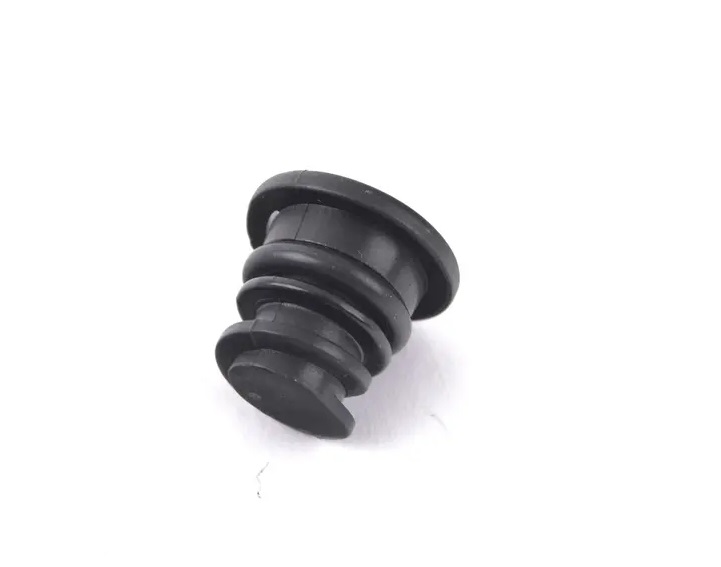Choosing the Right Oil Pan Washer for Optimal Engine Performance and Longevity in Your Vehicle
The Importance of Oil Pan Washers
When it comes to maintaining the performance and longevity of an engine, attention to detail matters immensely. Among the myriad of components that require consideration, the oil pan washer plays a critical role, although it often goes unnoticed. This unassuming component is vital for ensuring a proper seal between the oil pan and the engine block, ultimately affecting the vehicle's overall health and performance.
What is an Oil Pan Washer?
An oil pan washer is typically a flat, ring-shaped piece made from rubber, cork, or other synthetic materials designed to fit around the bolts that hold the oil pan in place. Its primary function is to provide a tight seal, preventing oil leaks that could lead to engine overheating or damage. Over time, exposure to high temperatures and harsh engine conditions can cause these washers to degrade, harden, or crack, leading to potential leaks.
The Role of Oil Pan Washers in Engine Maintenance
1. Leak Prevention One of the most critical roles of an oil pan washer is to prevent leaks. If an oil pan washer fails, oil can seep out, leading to a decrease in oil levels and pressure. This situation is not only detrimental to the engine's lubrication but can also cause severe damage, requiring costly repairs.
2. Engine Lubrication Oil is the lifeblood of any engine. It lubricates moving parts, reduces friction, and facilitates heat dissipation. Consequently, a faulty oil pan washer can critically compromise oil integrity and flow, jeopardizing engine performance.
3. Cost-Effective Maintenance Replacing an oil pan washer is a relatively inexpensive and straightforward maintenance task compared to the repercussions of ignoring leaks. Regular inspections should include checking the condition of the oil pan washer and replacing it as needed to prevent more significant issues down the line.
oil pan washer

Signs of Oil Pan Washer Failure
Awareness of potential failure signs is essential for vehicle owners. Common indicators that an oil pan washer may need replacing include
- Oil Spots on the Ground If you notice oil spots under your vehicle, it’s a clear sign that oil may be leaking, potentially due to a worn-out washer. - Increased Engine Temperature Insufficient oil levels can lead to increased engine friction and overheating. If your engine runs hotter than usual, consider checking the oil pan washer. - Oil Pressure Warning Light A drop in oil pressure can be triggered by oil leaks, prompting the warning light on your dashboard.
Installation and Replacement
Replacing an oil pan washer is a task that can often be handled by seasoned DIY enthusiasts or professional mechanics. The process involves draining the engine oil, removing the oil pan, cleaning the surface, and replacing the worn washer with a new one. Ensuring a proper seal during reinstallation is crucial, so following best practices can prevent future leaks and extend the lifespan of the engine.
Conclusion
While the oil pan washer may seem like a small component, its importance in engine maintenance cannot be overstated. It is critical to preventing leaks and ensuring the effective lubrication of engine parts. Regular checks and timely replacements can save vehicle owners from expensive repairs and keep their engines running smoothly. Just like any other part of the vehicle, recognizing the role of the oil pan washer is essential for any car owner looking to ensure the longevity and reliability of their engine. Emphasizing routine maintenance, including the health of your oil pan washer, paves the way for a well-functioning vehicle that can withstand the test of time.
-
Understanding the Front Main Engine Seal: Purpose, Maintenance, and Installation
News Jul.29,2025
-
Understanding O-Rings and Seal Rings: Types, Applications, and Custom Solutions
News Jul.29,2025
-
Understanding Crankshaft Oil Seals: Rear Seals, Pulley Seals, and Their Role in Engine Integrity
News Jul.29,2025
-
The Importance of Front and Rear Crankshaft Seals in Engine Performance and Oil Management
News Jul.29,2025
-
Crank Oil Seals: Functions, Types, and Cost Considerations in Engine Maintenance
News Jul.29,2025
-
A Comprehensive Guide to O-Rings and Seals: Types, Materials, and Global Applications
News Jul.29,2025
-
Mastering Diesel and Performance Engine Maintenance: A Guide to Critical Oil Gaskets
News Jul.28,2025
Products categories















